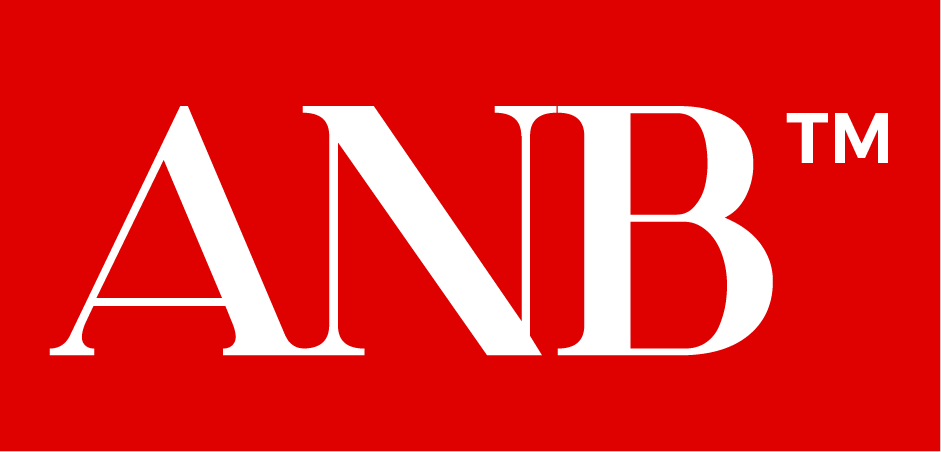The Government has issued 651 import permits to private companies to procure at least 3,2 million tonnes of maize as part of drought mitigation measures.
This is well above the country’s annual requirement of 2,2 million tonnes of maize.
Speaking after yesterday’s Cabinet meeting, Lands, Agriculture, Fisheries, Water and Rural Development Minister Dr Anxious Masuka said partnerships with the private sector were critical to boost food security.

“We have allowed the private sector to import as much as possible during this period to March next year so that they can supply appropriately priced, affordable and available mealie meal.
“We have also encouraged the business sector not to take advantage of the situation to charge high prices.
“In terms of the private sector imports, we have issued 651 import permits to companies and between April 1 and now, 400 000 tonnes have been imported, largely from South Africa, Zambia and Mozambique,” he said.
Dr Masuka also said the winter cereals production plan was one of the effective ways of boosting food security.
At least 121 982 hectares were under wheat while 6 725ha were under potatoes.
“We are on our way to harvesting a record 600 000 tonnes (of wheat) and contribute to the wheat-based food security strategy,” Dr Masuka said adding that Government had now allowed imports of mealie meal at household level.
Information, Publicity and Broadcasting Services Minister Dr Jenfan Muswere had said the area under irrigation increased by 28 percent from 169 000 ha in 2019 to 217 000 ha in 2024.
This was the fastest irrigation expansion rate since independence, courtesy of the Accelerated Irrigation Rehabilitation and Development Plan launched by President Mnangagwa.
Zimbabwe had over 10,6 billion cubic meters of water in 10 600 dams, capable of irrigating 2,2 million ha to support the required irrigation expansion drive to a projected 496 000ha by 2030.
Dr Muswere in the context of managing climate change, four models were key to bringing the envisioned irrigation development agenda which would ensure that food production was independent of the status of the rainy season, but a function of the harvested rainfall.
“These include the model for irrigation development where infrastructure exists, targeting to develop about 20 686ha; model for irrigation development around dams, targeting the existing 10 600 dams; model for corporate irrigation development, given that 278 645 people are on the waiting list and 10 000 diasporans have indicated willingness to access land; and model for smallholder irrigation development,” he said.
The Accelerated Irrigation Rehabilitation and Development Plan was approved in 2021, with the major objective of developing 350 000 hectares for summer irrigation by 2025 and to produce 1,8 million tonnes of summer cereals annually.
This will be enough to feed the population at a planned consumption rate of 120 kilogrammes per person per year, although actual consumption is 92 kilogrammes per person per year.



